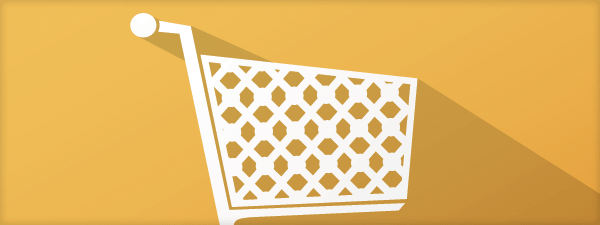As Cyber Monday loomed closer, we looked at last year’s stats to make some predictions and determine steps brands would need to take to prepare for the onslaught of customers. Now that we actually have data on this year’s Cyber Monday performance, courtesy of IBM, we can take a closer look and see what steps brands should definitely take in preparation for next year. Here are some of IBM’s standout stats and how brands can utilize them.
Top Five Cities for Cyber Sales: New York took the top spot for total online retail sales on Cyber Monday. Rounding out the top five were Washington D.C., Los Angeles, Chicago and Atlanta.
How to utilize this for next year: If you’re a local business (particularly in one of the aforementioned cities), look into mobile marketing, SMS marketing and geotargeted marketing. Buyers are hitting their laptops and mobile devices to look for sales, but if you’re a local business and can offer perks like free delivery or free shipping to local buyers, those kind of promos will help you stand out. They’ll also help bring in new, but local, potential customers.
Mobile Shopping Soars: Mobile traffic grew to 31.7% of all online traffic, increasing by 45% over 2012. Mobile sales were also strong, exceeding 17% of total online sales, an increase of 55.4% year over year.
How to utilize this for next year: Increase and optimize your brand’s mobile presence! I spent the holiday shopping for furniture and found myself pulling out my iPhone to browse for other retailers for a bit of price comparison. Unfortunately, but perhaps unsurprisingly, many retailers’ sites were not mobile optimized. I couldn’t browse and therefore couldn’t buy. Mobile optimization is KEY, so get your mobile site up and running.
Smartphones Browse, Tablets Buy: Smartphones drove 19.7% of all online traffic compared to tablets at 11.5%, making it the browsing device of choice. When it comes to making the sale, tablets drove 11.7% of all online sales, more than double that of smartphones, which accounted for 5.5%. On average, tablet users spent $126.30 per order compared to smartphone users who spent $106.49.
How to utilize this for next year: Make sure your site operates just as well on a phone as a tablet, and make sure your app is just as effective at navigating users to Cyber Monday deals as your site is. I spent Black Friday away from the stores and my laptop, but I did have my iPhone and iPad on hand. Although many retailers I browsed had sites that performed well on my iPhone, it wasn’t necessarily the case for my iPad. There was also a glaring difference in accessibility between app browsing and mobile web browsing. Lost users equals lost sales, and with tablet users spending upwards of $120 per order, it’s well worth the investment of time and money to make sure your apps and sites are operating at their best.
Retailers “Push” Promotions to Mobile Shoppers: On average, retailers sent 7% more push notifications during the five day holiday shopping period — the alert messages and popup notifications from apps installed on your mobile device – when compared to daily averages over the past two months.
How to utilize this for next year: If your brand has an app, be sure to engage and interest users by reminding them of sales via push notifications. This is also a great tactic to use if your brand regularly holds flash sales. Get inspired with some of these great push notifications.
The Social Influence – Facebook vs. Pinterest: On average, holiday shoppers referred from Facebook spent 6% more per order than shoppers referred from Pinterest. Facebook average order value was $97.81 versus Pinterest average order value which was $92.40. Facebook referrals converted sales at a rate 38% higher than Pinterest.
How to utilize this for next year: Pinterest has been hailed (and used) as a means for brands to highlight products and convert browsers into buyers. Although that’s still the case, the immediacy of Facebook seems to pay off in terms of conversion rate and dollar spend. Use Facebook (and social in general) as a way to boost and promote your Cyber Monday deals.
Mobile Sales and Traffic: Mobile sales and traffic decreased between Black Friday and Cyber Monday as shoppers went back to work and school. Cyber Monday mobile sales were down 21%, and mobile traffic down 20%, from Black Friday.
How to utilize this for next year: Understand your audience and when they’ll be online. If your target audience is in school or at work during the day, you’ll have to anticipate that traffic and activity will be down during those hours. Instead, target promotions and reminders about sales (including social and email) to be sent in the morning, during lunch and at night. Promotions are only effective if your customers are available to follow through on purchases. You might even want to extend your Cyber Monday deals into the previous weekend, giving you extra potential Cyber Sunday traffic.
Check out all of these stats and more by downloading IBM’s white paper.
